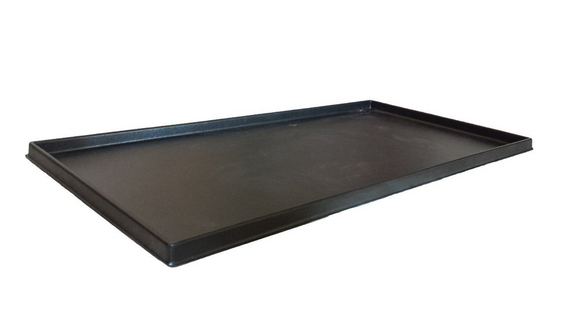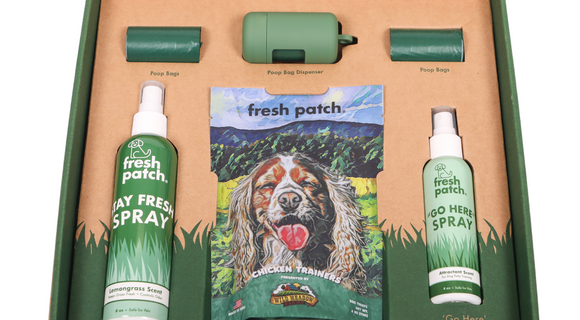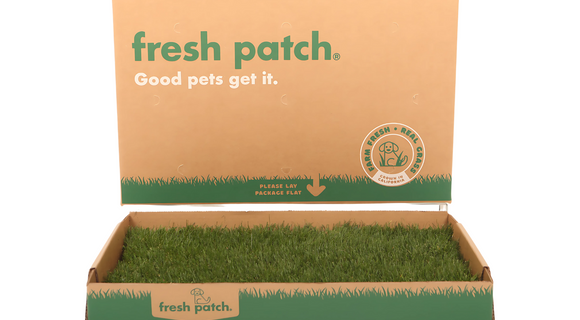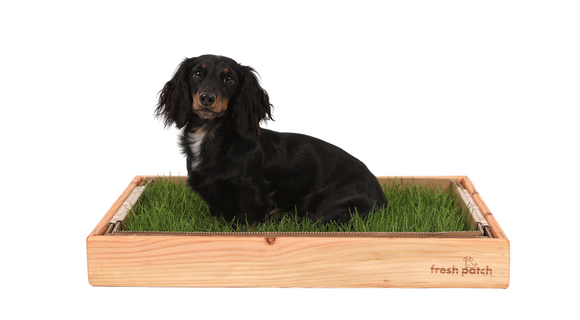What's the Right Type of Flea and Tick Med?
It's that time of year again. With the weather warming up and the gentle winter behind us, there's going to be tons of ticks out this summer. Unfortunately, more ticks increases the chance of more deer ticks, which increases the chance of contracting lyme disease. To be smart, you'll want to get your pup on some flea and tick medication as soon as possible. But there are lots of choices out there. Here are some different types of flea and tick medication:
Oral
Oral flea and tick medication comes in the form of a pill or a chewable that's fed directly to your dog. Some products, like Nexgar, are given to your dog once a month. Other products, like Bravecto, are given to your dog every three months. To be on the safe side, set an alarm on your phone or computer so that you'll remember when it's time for a new dose.
With oral medications, you'll most likely need a prescription because they might not be right for dogs who have a history of seizures or other major medical problems. However, it's as simple as calling your vet, who knows your dog's history, and asking them for a prescription.
Oral flea and tick prevention is great for dogs who will eat just about anything. If you have a picky eater, it might be hard to get them to swallow it. Either way, if you choose this route, it's a good method to disguise the pill in rolled up cheese or peanut butter.
Topical
Topical flea and tick medication is put directly on your dog. The most popular meds come in this topical form, like Frontline, K9 Advantix and Advantage. All of these come in once-a-month doses. You have to squeeze the liquid out right in between your dog's shoulder blades. Here, they won't be able to lick it off.
Check with your pet for recommendations instead of just buying the cheapest version over-the-counter. Some meds, like Frontline, aren't working as well because fleas and ticks have become resistant to them.
If you do choose this method, it's best to know that you'll need to refrain from washing or bathing your dog for three days before and three days after application. The chemicals disperse themselves throughout your dog's whole body, but if you wash them too soon, you might wash out the chemicals before they have sunk in.
Collar
Flea collars have a bad reputation for being powdery and gross, but they're making a comeback! New flea collars are clean and subtle, without that powdery dust that old collars are famous for. The collars are good for 8 months, so it's 8 months on, 4 months off.
To get a collar, you can go to any pet store. The most popular collar that also works well is Seresto.
Collars are great as long you're okay with your dog wearing the collar all the time. Some people don't like flea collars if they have kids because they can be toxic if they are put in your mouth.
You have lots of options. Ask your vet if you want more information!
Give your PET the gift of REAL GRASS with FRESH PATCH!
Perfect for potty training and play enrichment. Our farm-grown pet grass is a natural solution that’s easy to use and delivered right to your home!






